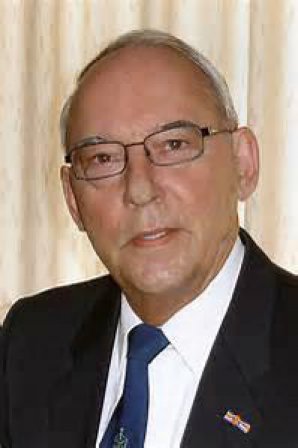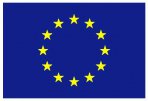The Netherlands: Hugo Rietveld
7th March 1932 – 16th July 2016

Famously known for the Rietveld Method, Hugo was a pioneer in refining crystal structure, which was later used in various experiments supporting X-ray powder diffraction. His method helped persuade NASA to send an X-ray powder diffractometer to Mars in 2012.
Born in The Hague in 1932, Hugo emigrated with his family to Australia. He completed his PhD in Single Neutron Scattering and X-ray diffraction study, entitled “The Structure of p-diphenylbenzene crystals and other compounds”, in 1964. Hugo’s first paper with Terry Sabine was published in 1961 by Nature. Together they worked at the High Flux Australian Reactor (HIFAR) in Lucas Heights, Sydney.
In 1964, he joined the Reactor Center Netherlands in Petten and his interest shifted to powder diffraction. Together with other scientists at the center, he tackled the problem of overlapping powder reflections by using a relatively long neutron wavelength (2.6 A˚) with a pyrolytic graphite filter. The results were a good solution for long d-spacing peaks in magnetic structure but there was still the need to eliminate overlapping at shorter d-spacing for atomic resolution.
Famously, in 1969 Rietveld published the paper “A profile refinement method for nuclear and magnetic structures” in J. Appl. Cryst. 2 , 65 which used a simple profile refinement to solve this problem, a method which is now attributed to his name.
Hugo's work was slow to be recognised but once it was being used at ILL and successfully increased experimental time, it soon became well-known.
Rietveld received various awards including the Aminoff Prize in 1995 from the Royal Swedish Academy of Sciences and presented by the King of Sweden. After almost 50 years he returned to the Netherlands for the opening of the neutron powder diffractor PEARL at the TU Delft reactor.
References:
Dutch Crystallography Society
Back to The Road to the ESS




